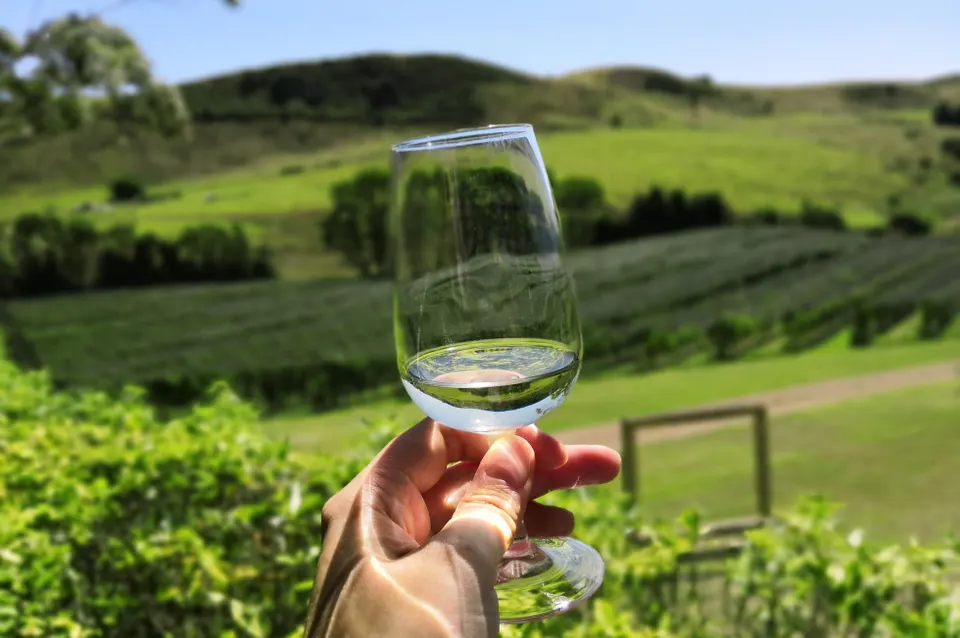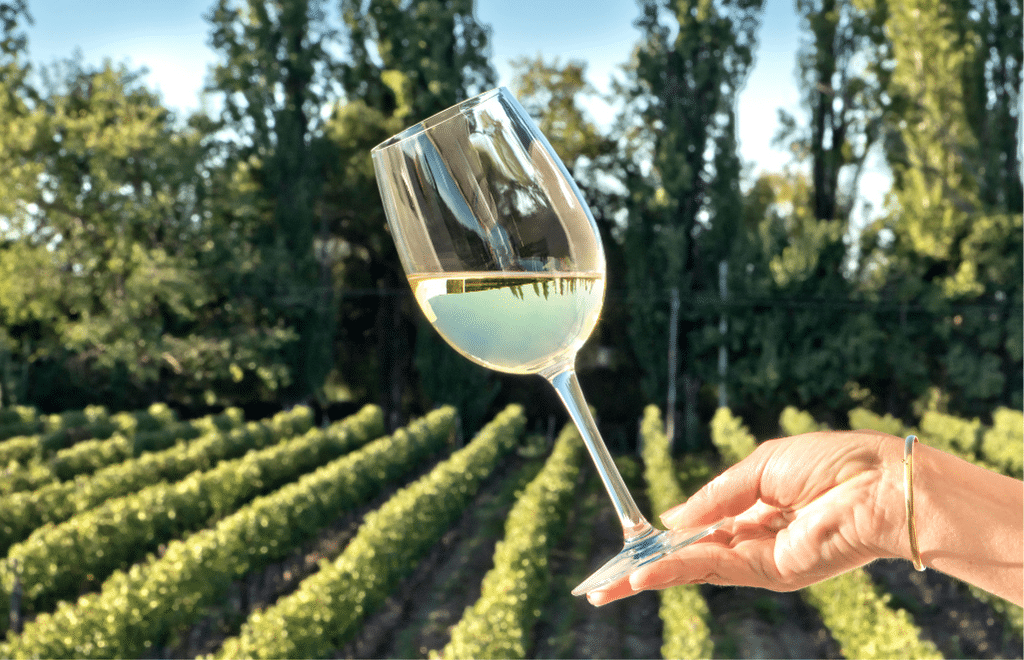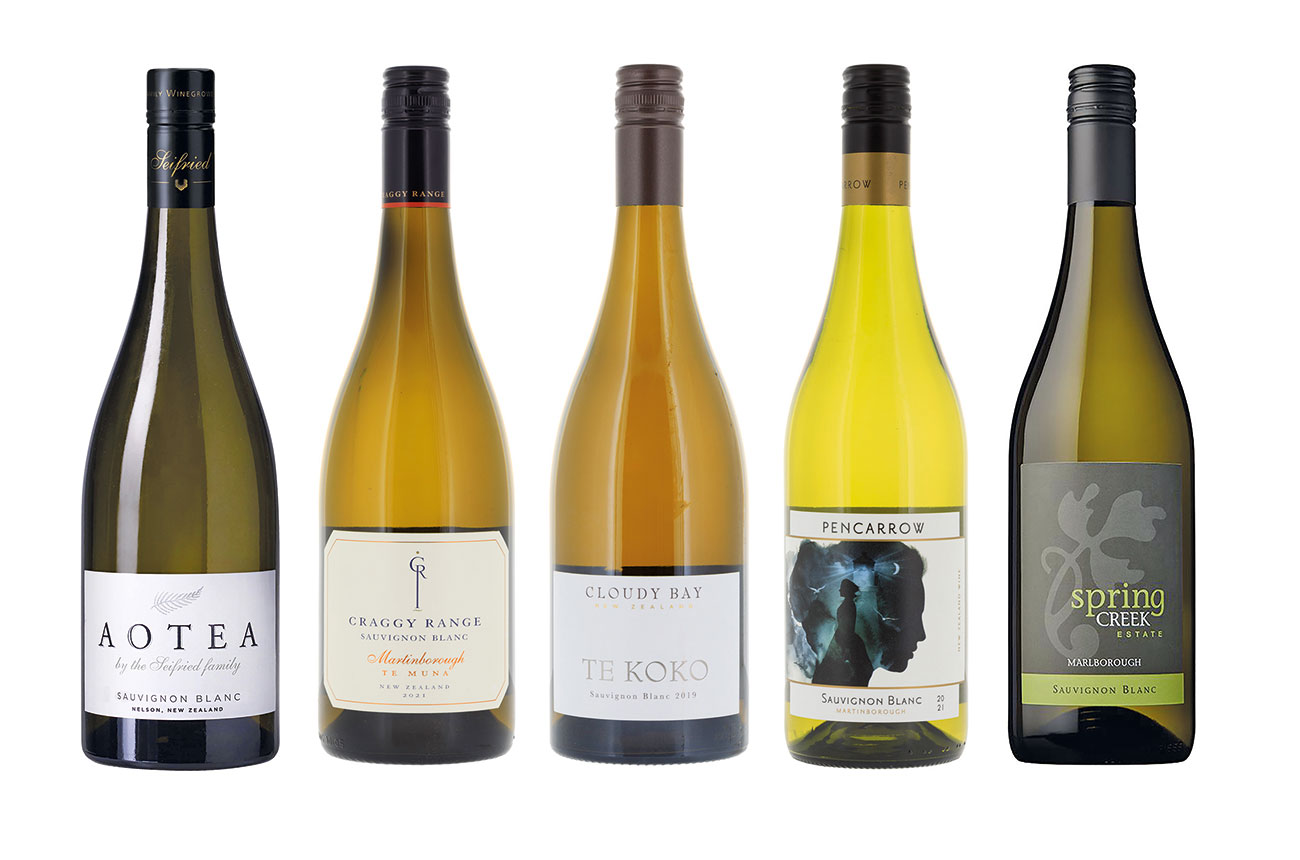When wine enthusiasts think of Sauvignon Blanc today, their minds inevitably drift to the distinctive, vibrant wines emerging from New Zealand’s pristine vineyards. This small island nation, despite producing only 1% of the world’s wine, has revolutionized how we perceive and enjoy this classic grape variety. New Zealand’s Sauvignon Blanc has become synonymous with crisp acidity, explosive aromatics, and an unmistakable freshness that has palates worldwide.
The journey from relative obscurity to global dominance began in the 1970s when Ross Spence of Matua planted the first Sauvignon Blanc vines in Waimauku, West Auckland, in 1969. Marlborough followed suit in 1973, and what emerged was something the wine world had never experienced before – a punchy, zesty style that would redefine the varietal’s potential. Today, Sauvignon Blanc comprises an astounding 72% of New Zealand’s wine production and represents 86% of what the country exports globally.
This remarkable success story isn’t merely about numbers; it’s about how New Zealand winemakers identified the perfect marriage between terroir and grape variety. The country’s unique climate conditions, particularly in the South Island regions, create ideal growing environments that preserve the grape’s natural acidity while developing intense aromatic compounds. The result is a wine style that has not only dominated international markets but has also influenced winemaking practices worldwide, establishing New Zealand as the undisputed Sauvignon Blanc capital of the world.
The Marlborough Magic: Terroir That Defines Excellence

Marlborough’s Unique Climate Advantage
Marlborough region stands as the crown jewel of New Zealand’s Sauvignon Blanc production, accounting for three-quarters of all plantings with over 22,000 hectares dedicated to the grape. The region’s cool climate, significant temperature variations between day and night, and well-draining, stony soils create ideal conditions for enhancing the wine’s aromatic qualities while preserving the grape’s natural acidity.
The distinctive terroir of Marlborough produces wines with intense aromatics of passion fruit, gooseberry, and grassy-lemongrass flavors that have become the benchmark style for New Zealand Sauvignon Blanc. This unique expression contrasts sharply with the more subdued offerings from France’s Sancerre and Pouilly-Fumé, positioning New Zealand’s style as vibrant, aromatic, and fruit-forward.
Regional Diversity Across New Zealand
While Marlborough dominates production, New Zealand’s seven Sauvignon Blanc-producing regions each contribute unique characteristics to the country’s wine portfolio. The warmer North Island climate typically produces more tropical fruit styles with stone fruit and nectarine flavors, while South Island regions like Waipara and Central Otago showcase crisper, more acidic, and tangy characteristics.
Central Otago, the world’s southernmost wine region, produces Sauvignon Blancs that begin with passionfruit and pineapple notes but finish dry and stony. Canterbury and Waipara regions offer citrusy profiles with enhanced minerality, acidity, and dryness, while Nelson creates slightly more restrained wines that lean toward tropical fruit expressions.
Flavor Profile: The Signature New Zealand Style

Aromatic Intensity and Flavor Complexity
New Zealand Sauvignon Blanc is celebrated for its explosive aromatics and distinctive flavor profile that sets it apart from global competitors. The wines typically showcase powerful aromatic notes, including grapefruit, pineapple, lime zest, freshly mowed grass, and bell pepper notes. Common flavor characteristics include apple, passion fruit, and peach, with cooler climate expressions favoring green apples and citrus, while warmer areas yield tropical notes like melon and mango.
The wines frequently display herbal nuances reminiscent of freshly cut grass or bell pepper, complemented by floral undertones of elderflower and potpourri. Some expressions also present mineral qualities akin to wet stone or flint, adding complexity to the profile. This aromatic intensity, combined with lively acidity, creates the crisp, clean, and zesty character that has become synonymous with New Zealand Sauvignon Blanc.
Winemaking Innovation and Style Evolution
New Zealand winemakers have embraced experimentation, exploring various styles through oak aging, barrel fermentation, and natural fermentation techniques. While traditional stainless steel fermentation remains the norm to preserve the grape’s crisp, clean, refreshing character, oaked versions offer richer, creamier alternatives that resemble Chardonnay. This diversity in winemaking approaches has resulted in a broad spectrum of styles catering to different consumer preferences while maintaining the core characteristics that define New Zealand Sauvignon Blanc.
Global Market Dominance and Export Success

International Market Penetration
New Zealand’s Sauvignon Blanc success extends far beyond domestic consumption, with the wine achieving remarkable penetration in key international markets. In the United States, New Zealand Sauvignon Blanc now commands a 44% market share, matching California’s domestic production and together accounting for 88% of total Sauvignon Blanc sales. This represents a dramatic shift from just a few years a, when most American Sauvignon Blanc consumption was dominated by domestic Californian wines.
The wine’s success in established markets like the United Kingdom, where it has long been a staple of supermarket shelves and restaurant lists, continues to strengthen. Household Kiwi brands such as Oyster Bay, Cloudy Bay, and Kim Crawford have made significant inroads in international markets, establishing New Zealand as a premium wine destination.
Economic Impact and Export Growth
The global demand for New Zealand Sauvignon Blanc has driven remarkable export growth, with annual wine exports surging to NZ$2.4 billion in the year to May 2023. Despite accounting for only 1% of global wine production, New Zealand ranked as the world’s sixth-largest wine exporter by value in 2022. The largest export markets include the United States, the United Kingdom, and Australia, which account for the bulk of sales.
Canadian consumers represent another significant market, consuming 1.3 million cases of New Zealand Sauvignon Blanc annually. This international success has established New Zealand as a major player in the global wine industry, with Sauvignon Blanc serving as the country’s flagship wine worldwide.
The Future of New Zealand Sauvignon Blanc
Evolving Style and Market Adaptation
The New Zealand Sauvignon Blanc story continues to evolve, with winemakers refining their approach to create more elegant expressions while maintaining the vibrant character that made the style famous. Where pungency once ruled, a still vibrant but more harmonious style has emerged. The passion fruit, peach, and lime notes remain pristine, but there’s greater harmony in contemporary expressions.
Industry veterans like Ben Glover of Zephyr wines in Marlborough note that with barely 35 years under its belt, Marlborough Sauvignon Blanc has demanded and continues to demand a place at the top table of desirable white wines globally. The industry has grown from humble, pioneering beginnings to an export powerhouse worth over a billion New Zealand dollars.
Sustainability and Quality Focus
New Zealand’s commitment to sustainable and ethical winemaking practices has become a cornerstone of the industry’s reputation. This focus on environmental stewardship, combined with the country’s natural advantages in climate and terroir, positions New Zealand Sauvignon Blanc for continued global success. The wine’s versatility as a food-pairing option, complementing everything from Thai cuisine and grilled chicken to salmon and pasta, ensures its relevance across diverse culinary cultures.


